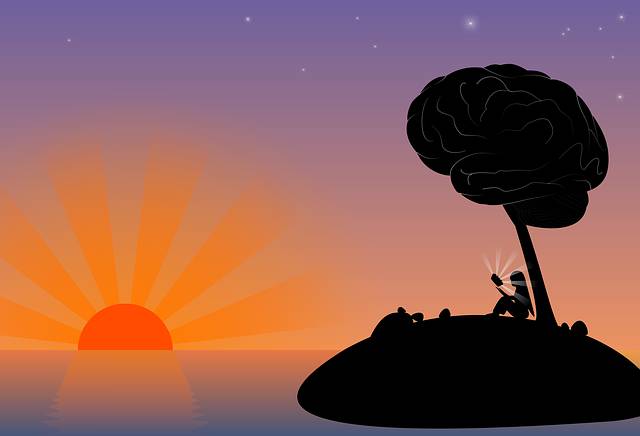In the lush rainforests of Borneo, a remarkable scene unfolded as researchers observed an orangutan carefully selecting leaves from a plant known as Akar Kuning. This plant is renowned for its medicinal properties, including the ability to reduce pain, inflammation, and support wound healing. The orangutan, seemingly aware of these benefits, used the leaves to treat a visible wound on his body. This behavior raises intriguing questions about the cognitive abilities of great apes and their potential for self-medication.
Self-medication, the act of using substances to prevent or treat illness, is a behavior typically associated with humans. However, recent observations of orangutans and other great apes suggest that this practice may have deeper evolutionary roots. The use of Akar Kuning by the orangutan could be a clear example of this, indicating that such behaviors might have evolved in a common ancestor shared by humans and great apes.
The leaves of Akar Kuning contain compounds with known anti-inflammatory and analgesic properties, which could explain their selection by the orangutan. By applying these leaves to his wound, the orangutan may have been attempting to reduce pain and inflammation, and potentially speed up the healing process. This act of self-care not only showcases the orangutan's intelligence but also hints at a level of understanding about the natural world that is often underestimated in non-human animals.
The observation of orangutans using medicinal plants for self-treatment has significant implications for our understanding of animal behavior and cognition. It suggests that these great apes possess a cognitive toolkit that includes not only basic problem-solving skills but also the ability to recognize and utilize natural remedies for health issues. This capacity for self-medication could be a key aspect of their survival strategy in the wild, where access to human healthcare is non-existent.
Moreover, this behavior underscores the continuity of certain cognitive and behavioral traits across different species. The ability to use tools and substances for therapeutic purposes is not unique to humans but appears to be a trait that has been preserved through evolution. By studying such behaviors in orangutans and other great apes, researchers can gain insights into the evolutionary history of these capacities and their role in the survival and adaptation of our ancestors.
In conclusion, the act of an orangutan using Akar Kuning to treat his wound offers a fascinating glimpse into the complex cognitive world of great apes. It not only highlights their potential for self-medication but also raises questions about the shared evolutionary history of humans and these magnificent creatures. As we continue to explore and understand the behavioral repertoire of orangutans and their relatives, we gain not only scientific knowledge but also a deeper appreciation of the interconnectedness of life on Earth.




发表评论 取消回复